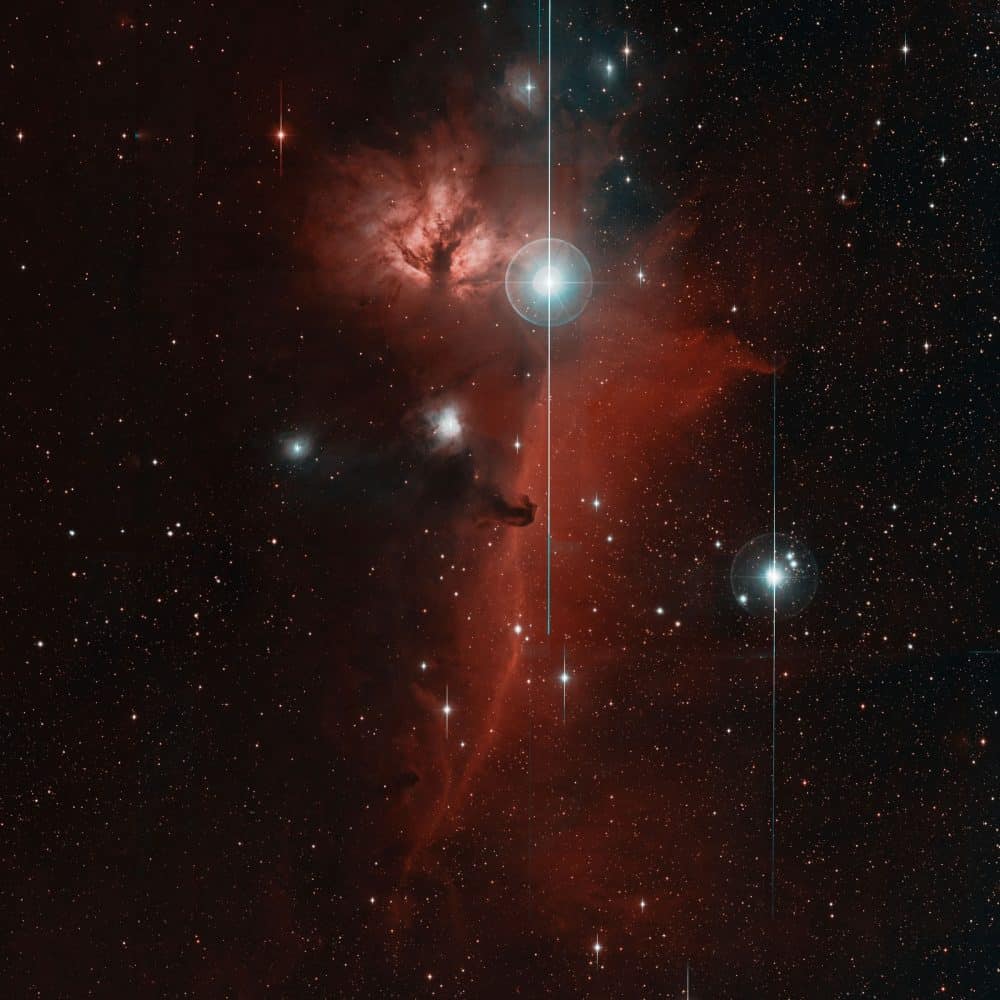Blog
Hoagland Howard “Hoagy” Carmichael (November 22, 1899 – December 27, 1981) was an American composer, pianist, singer, actor, and bandleader. American composer and author Alec Wilder described Carmichael as the “most talented, inventive, sophisticated and jazz-oriented of all the great craftsmen” of pop songs in the first half of the twentieth century.[2] Carmichael was one of the most successful Tin Pan Alley songwriters of the 1930s, and was among the first singer-songwriters in the age of mass media to utilize new communication technologies, such as television and the use of electronic microphones and sound recordings.
Carmichael composed several hundred songs, including fifty that achieved hit record status. He is best known for composing the music for “Stardust“, “Georgia on My Mind” (lyrics by Stuart Gorrell), “The Nearness of You“, and “Heart and Soul” (in collaboration with lyricist Frank Loesser), four of the most-recorded American songs of all time.[3] He also collaborated with lyricist Johnny Mercer on “Lazybones” and “Skylark.” Carmichael’s “Ole Buttermilk Sky” was an Academy Award nominee in 1946 (from Canyon Passage, in which he co-starred as a musician riding a mule); “In the Cool, Cool, Cool of the Evening,” with lyrics by Mercer, won the Academy Award for Best Original Song in 1951. Carmichael also appeared as a character actor and musical performer in 14 motion pictures, hosted three musical-variety radio programs, performed on television, and wrote two autobiographies.
Born in Bloomington, Indiana, on November 22, 1899, Hoagland Howard “Hoagy” Carmichael was the first child and only son of Howard Clyde and Lida Mary (Robison) Carmichael.
more...PGC 6240, also known as AM 0139-655 or the White Rose Galaxy, is a very large and old galaxy in the southern constellation of Hydrus, about 345 million light years away from Earth.
Appearing like a white rose in the sky, the galaxy has foggy shells of stars that rotate around a luminous center with few shells lying close to it while others at a distance. Those distant from the center appear disconnected from the white rose.
The age of globular clusters in this galaxy is variable. They include a population of relatively young globular clusters around 400 million years old, another group of older ones around 1 billion years old, and other ones even older than that. The ages of the younger two align with the ages of the shells around the galaxy proper. This suggests that the younger clusters and shells formed in bouts of starburst star formation following the merger of the galaxy with another.
more...Malcolm John Rebennack (born November 20, 1941), better known by his stage name Dr. John, is an American singer and songwriter. His music combines blues, pop, jazz, boogie woogie and rock and roll.
Active as a session musician since the late 1950s, he gained a cult following in the late 1960s following the release of his album Gris-Gris and his appearance at the Bath Festival of Blues and Progressive Music. He performed a wildly theatrical stage show inspired by medicine shows, Mardi Gras costumes and voodoo ceremonies. Rebennack has recorded more than 20 albums and in 1973 scored a top-10 hit with “Right Place, Wrong Time“.
The winner of six Grammy Awards, Rebennack was inducted into the Rock and Roll Hall of Fame by singer John Legend on March 14, 2011.In May 2013, Rebennack was the recipient of an honorary doctorate of fine arts from Tulane University.
Born in New Orleans in 1941, Dr. John has said that his French lineage took root there some time in the early 1800s. Growing up in the Third Ward, he found early musical inspiration in the minstrel tunes sung by his grandfather and a number of aunts, uncles, sister and cousins who played piano. He did not take music lessons before his teens and endured only a short stint in choir before getting kicked out. His father, the owner of an appliance store and record shop, exposed him as a young boy to prominent jazz musicians like King Oliver and Louis Armstrong, who inspired his 2014 release, Ske-Dat-De-Dat: The Spirit of Satch. Throughout his adolescence his father’s connections enabled him access to the recording rooms of burgeoning rock artists such as Little Richard and Guitar Slim. From these exposures he advanced into clubs and onto the stage with varying local artists, most notably, Professor Longhair.
more...Carlos Manual “Charlie” Palmieri (November 21, 1927 – September 12, 1988) was a renowned bandleader and musical director of salsa music. He was known as the “Giant of the Keyboards”.
Palmieri’s parents migrated to New York from Ponce, Puerto Rico in 1926 and settled down in the South Bronx where Palmieri was born. As a child, Palmieri taught himself to play the piano by ear. He attended the public school system. At age 7, his father enrolled him at The Juilliard School, where he took piano lessons. By the time Palmieri was 14 years old, he and his 5-year-old brother, Eddie, participated in many talent contests, often winning prizes. It was at this time that his godfather introduced him to the music of the Latin bands – an experience which inspired him to become a musician.
more...Coleman Randolph Hawkins (November 21, 1904 – May 19, 1969), nicknamed “Hawk” and sometimes “Bean”, was an American jazz tenor saxophonist. One of the first prominent jazz musicians on his instrument, as Joachim E. Berendt explained: “there were some tenor players before him, but the instrument was not an acknowledged jazz horn”. While Hawkins is strongly associated with the swing music and big band era, he had a role in the development of bebop in the 1940s.
Fellow saxophonist Lester Young, known as “Pres”, commented in a 1959 interview with The Jazz Review: “As far as I’m concerned, I think Coleman Hawkins was the President first, right? As far as myself, I think I’m the second one.” Miles Davis once said: “When I heard Hawk, I learned to play ballads.”
Hawkins was born in Saint Joseph, Missouri, in 1904. Although some sources say 1901, there is no evidence to prove an earlier date; instead, there is record of Hawkins’s parents’ first child, a girl, being born in 1901 and dying at the age of two, possibly the basis for the mistaken belief. He was named Coleman after his mother Cordelia’s maiden name.
https://www.youtube.com/watch?v=_TsC1bcwoks
more...The Horsehead Nebula (also known as Barnard 33) is a dark nebula in the constellation Orion. The nebula is located just to the south of the star Alnitak, which is farthest east on Orion’s Belt, and is part of the much larger Orion Molecular Cloud Complex.
The Horsehead nebula can be seen in this portion of the “first-light” image from ZTF. The head of the horse (middle) faces up toward another well-known nebula known as the Flame. Violet to green wavelengths detected by ZTF are represented as cyan, while yellow to deep red wavelengths are shown as red. Computers searching these images for transient, or variable, events are trained to automatically recognize and ignore non-astronomical sources, such as the vertical “blooming” lines seen here.
A new robotic camera with the ability to capture hundreds of thousands of stars and galaxies in a single shot has taken its first image of the sky, an event astronomers refer to as “first light.” The recently installed camera is part of a new automated sky-survey project called the Zwicky Transient Facility (ZTF), based at Caltech’s Palomar Observatory located in the mountains near San Diego. Every night, ZTF will scan a large portion of the Northern sky, discovering objects that erupt or vary in brightness, including exploding stars (also known as supernovas), stars being munched on by black holes, and asteroids and comets.
more...Howard Duane Allman (November 20, 1946 – October 29, 1971) was an American guitarist, session musician, and founder and leader of the Allman Brothers Band until his death following a motorcycle crash in 1971, at the age of 24.
The Allman Brothers Band was formed in Jacksonville, Florida, in 1969.The band had great success in the early 1970s. Allman is best remembered for his brief but influential tenure in the band and in particular for his expressive slide guitar playing and inventive improvisational skills.In 2003, he was ranked number 2 in Rolling Stone magazine’s list of the 100 greatest guitarists of all time, second only to Jimi Hendrix. In 2011, he was ranked number 9. His guitar tone (achieved with a Gibson Les Paul and two 50-watt bass Marshall amplifiers) was named one of the greatest of all time by Guitar Player.
A sought-after session musician both before and during his tenure with the band, Duane Allman performed with such established stars as King Curtis, Aretha Franklin, Wilson Pickett, and Herbie Mann. He also contributed greatly to the 1970 album Layla and Other Assorted Love Songs, by Derek and the Dominos.
Duane Allman’s skills as a guitarist were complemented by personal qualities such as his intensity, drive and ability to draw the best out of others in making music. He is still referred to by his nickname “Skydog”.
Duane Allman was born on November 20, 1946, in Nashville, Tennessee. He was the eldest son of Willis Allman (1918–1949), a World War II non-commissioned officer turned recruiting officer in the United States Army, and Geraldine Allman (née Robbins) (1917–2015). His brother, Gregg, was born on December 8, 1947.
more...Meredith Jane Monk (born November 20, 1942) is an American composer, performer, director, vocalist, filmmaker, and choreographer. Since the 1960s, Monk has created multi-disciplinary works which combine music, theatre, and dance, recording extensively for ECM Records. In 1991, Monk composed an opera called Atlas with the Houston Opera.
Her music has been used in films by the Coen Brothers (The Big Lebowski, 1998) and Jean-Luc Godard (Nouvelle Vague, 1990 and Notre musique, 2004). Hip hop artist DJ Shadow sampled Monk’s “Dolmen Music” on the song “Midnight in a Perfect World.”
Meredith Monk was born to businessman Theodore Glenn Monk and singer Audrey Lois (Zellman) Monk, in New York City, New York. Her mother, a professional singer of popular and classical music known under the stage name of Audrey Marsh, was herself the daughter of professional musicians – the Russian Jewish bass-baritone Joseph B. Zellman, and Rose (Kornicker) Zellman, a concert pianist of German Jewish background from Philadelphia. Meredith has a sister, Tracy (born 1948).
Meredith Monk is primarily known for her vocal innovations, including a wide range of extended techniques, which she first developed in her solo performances prior to forming her own ensemble. In December 1961, she appeared at the Actor’s Playhouse in Greenwich Village (NYC) as a solo dancer in an Off Broadway children’s musical theater adaptation of Charles Dickens‘ A Christmas Carol, entitled Scrooge (music and lyrics by Norman Curtis; directed and choreographed by Patricia Taylor Curtis). In 1964, Monk graduated from Sarah Lawrence College after studying with Beverly Schmidt Blossom, and in 1968 she founded The House, a company dedicated to an interdisciplinary approach to performance.
more...https://www.youtube.com/watch?v=v3GqVS5_ESs
more...A colourful star-forming region is featured in this stunning new NASA/ESA Hubble Space Telescope image of NGC 2467. Looking like a roiling cauldron of some exotic cosmic brew, huge clouds of gas and dust are sprinkled with bright blue, hot young stars. Strangely shaped dust clouds, resembling spilled liquids, are silhouetted against a colourful background of glowing. Like the familiar Orion Nebula, NGC 2467 is a huge cloud of gas — mostly hydrogen — that serves as an incubator for new stars. This picture was created from images taken with the Wide Field Channel of the Advanced Camera for Surveys through three different filters (F550M, F660N and F658N, shown in blue, green and red). These filters were selected to let through different colours of red and yellow light arising from different elements in the gas. The total aggregate exposure time was about 2000 seconds and the field of view is about 3.5 arcminutes across. These data were taken in 2004.
more...Kenny Werner (born November 19, 1951) is an American jazz pianist, composer, and author.
Born in Brooklyn, New York, on November 19, 1951 and then growing up in Oceanside, Long Island, Werner began playing and performing at a young age, first recording on television at the age of 11. Although he studied classical piano as a child, he enjoyed playing anything he heard on the radio and improvisation was his true calling. In high school and his first years of college he attended the Manhattan School of Music as a classical piano major.
more...Thomas Francis Dorsey Jr. (November 19, 1905 – November 26, 1956) was an American jazz trombonist, composer, conductor and bandleader of the big band era. He was known as the “Sentimental Gentleman of Swing” because of his smooth-toned trombone playing. His technical skill on the trombone gave him renown among other musicians. He was the younger brother of bandleader Jimmy Dorsey. After Dorsey broke with his brother in the mid-1930s, he led an extremely popular and highly successful band from the late 1930s into the 1950s. He is best remembered for standards such as “Opus One“, “Song of India“, “Marie”, “On Treasure Island”, and his biggest hit single, “I’ll Never Smile Again“.
Born in Mahanoy Plane, Pennsylvania, Thomas Francis Dorsey Jr. was the second of four children born to Thomas Francis Dorsey Sr., a bandleader, and Theresa (née Langton) Dorsey. He and Jimmy, his older brother by slightly less than two years, would become famous as the Dorsey Brothers. The two younger siblings were Mary and Edward, who died young. Tommy Dorsey studied the trumpet with his father but later switched to trombone.
more...https://www.youtube.com/watch?v=f8aIYc6NKv8
more...It was Halloween and the sky looked like a creature. Exactly which creature, the astrophotographer was unsure but (possibly you can suggest one). Exactly what caused this eerie apparition in 2013 was sure: one of the best auroral displays in recent years. This spectacular aurora had an unusually high degree of detail. Pictured here, the vivid green and purple auroral colors are caused by high atmospheric oxygen and nitrogenreacting to a burst of incoming electrons. Birch trees in Tromsø, Norway formed an also eerie foreground. Recently, new photogenic auroras have accompanied new geomagnetic storms.
more...More Posts
- Oud by Bavly
- The Cosmos with M94
- Jaco Pastorius Day
- John Densmore Day
- Lou Rawls Day
- Sandy Nelson Day
- Ike Isaacs Day
- World Music with Tinariwen
- Daily Roots with Winston Watson & Dillinger
- The Cosmos with NGC 4945
- Shuggie Otis Day
- Jack Sheldon Day
- Brownie McGhee Day
- Robert Nighthawk Day
- World Music with Lakou Mizik
- Daily Roots with Prince Hammer
- The Cosmos with Arp 293
- Billy Hart Day
- John Mayall Day
- Billy Strayhorn Day



